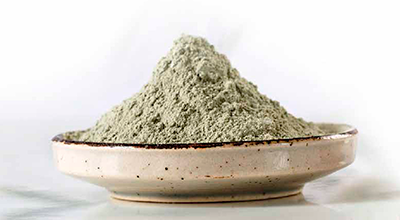A clay/clarifying earth is a bentonite-based ore, which contains minerals from the smectite. Its most common form, in geological terms, is montmorillonite. She has particular properties of large surface area and strong binding properties, which contribute to excellent performance.
Clay serves to remove undesirable compounds from vegetable, animal and minerals, which hinder their subsequent processes, such as: deodorization, production of fats and margarines, soaps and soaps, etc. She acts as an adsorption mechanism for compounds such as: color (beta-carotene), chlorophyll, metals, peroxides, soaps and phosphorus. It can be natural or acid activated. Natural clays are commonly used in palm, cotton and corn oil processes, Activated clays are commonly used in soybean, canola, sunflower and corn, in addition to animal tallow.

When it comes to activated clays, they contribute to better color removal, chlorophyll, soaps and phosphorus. Natural clays are used in cases where residual acidity is not permitted, in addition to contributing to the non-formation of compounds such as 3-MCPD in olive oil. palm. The use of clay in the clarification process brings advantages such as improving oxidative stability and lower color reversion in vegetable and animal oils, consequently, improving the deodorization processes, fat manufacturing and soaps.
Innovations with Clarigel CA and Clarigel RPAP clays. Clarigel CA, acting as strong way in the soybean and canola processes, emphasizing the removal of chlorophyll in critical moments of harvests. Clarigel RPAP aims to benefit from improved filtration in palm oil clarification process, in addition to avoiding oil contamination by 3-MCPD, since the clay is not activated. Both clays help reduce dosage, ensuring a longer filtration cycle and less oil loss.
Author: Rodolfo Gasparetto Manzoli, Technical Consultant at Buntech.
Read more about the innovations in bleaching processes in the report in the latest edition of Óleos & Gorduras magazine:
{module Form RD}














